TAVI reduces medical cost significantly in Korean healthcare system, experts say < Device/ICT < Article
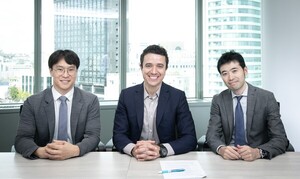
A recent study showed that transcatheter aortic valve implantation (TAVI) reduced post-procedure medical expenses by up to 45 percent in high-risk patients, demonstrating both clinical and economic benefits in Korea’s universal healthcare system.
The study, conducted in collaboration with Medtronic, was recently published in the Canadian Journal of Cardiology in July 2024, under the title “The Impact of Transcatheter Aortic Valve Implantation on Healthcare Costs and Clinical Outcomes Based on Frailty Risk: A Nationwide Cohort Analysis.”
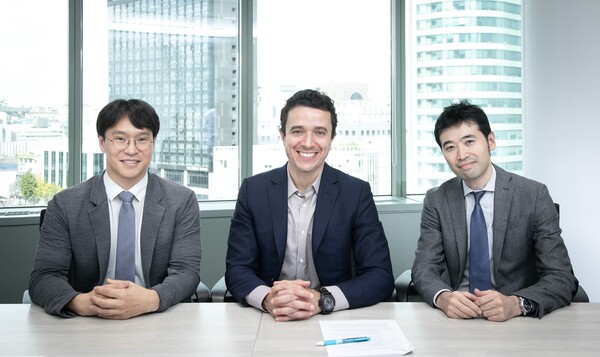
Against this backdrop, Korea Biomedical Review sat down with Professor Kang Jee-hoon at Seoul National University Hospital, who led the research, along with Professors Guilherme Attizzani at University Hospitals Cleveland Medical Center and Yohei Ohno at Tokai University School of Medicine, leading TAVI practitioners from the U.S. and Japan respectively, to discuss the implications of these findings and the future of TAVI treatment worldwide.
TAVI represents a minimally invasive breakthrough in treating aortic stenosis, a serious heart condition where the aortic valve narrows and restricts blood flow.
Unlike traditional open-heart surgery, TAVI allows doctors to replace a diseased aortic valve by threading a new valve through blood vessels, typically accessed through a small incision in the leg. The procedure doesn’t require opening the chest or stopping the heart, making it particularly valuable for patients who might not survive traditional surgery.
Originally developed for older adults at high risk who couldn’t undergo open-heart surgery, TAVI’s role has evolved significantly. Clinical data has increasingly demonstrated its effectiveness across broader patient groups, leading to expanded use in medium and low-risk patients.
Breaking new ground in healthcare economics
The nationwide cohort analysis of the study examined 2,175 Korean patients who underwent TAVI between 2015 and 2019. The study stratified the patients into low, intermediate, and high-risk groups using the hospital frailty risk score (HFRS) to analyze post-TAVI medical expenses and clinical outcomes.
The results were striking as median one-year medical expenses declined approximately 29 percent from 2,270,000 won ($1,644) to 1,600,000 won ($1,159) in the intermediate-risk group and approximately 45 percent from 3,950,000 won to 2,190,000 won in the high-risk group.
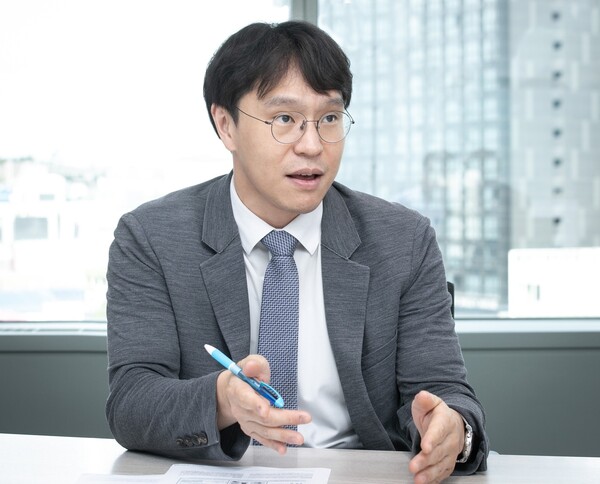
“Perhaps more importantly, the total length of hospital stays decreased significantly across all risk groups,” Kang said. “High-risk patients saw the most dramatic improvement, with median hospital stays dropping from 65 to 41 days and even low-risk patients benefited, with stays decreasing from 26 to 21 days.”
The two specialists from the U.S. and Japan expressed strong support for the Korean study’s findings.
“This is an important piece of information,” Ohno said. “We all know that TAVI is a life-saving procedure that prolongs life and reduces hospitalization, and the study nicely showed the Korean healthcare system how this procedure is impactful for both economics and the patient.”
Attizzani agreed.
“I think this study was excellent because basically, this is something that everybody needs to see – the insurance companies, and the government,” Attizzani said.
Attizzani noted that similar comprehensive economic analysis data is currently lacking in the U.S.
Expanding the age and risk thresholds for TAVI
Traditionally, TAVI was performed on patients over the age of 80, especially those who could not tolerate surgery.
However, a shift toward younger patients is becoming evident.
“TAVI was initially focused on patients who were ineligible for surgery, but now it’s shifting to younger, lower-risk patients,” Kang said. “In Korea, the reimbursement age of 80 is one of the barriers, but movements are underway to lower this based on the vast amount of clinical data we now have.”
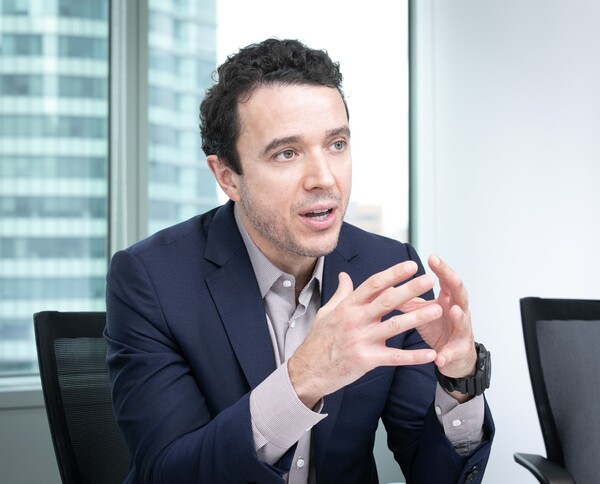
Attizzani shared a similar perspective, explaining how low-risk trials have expanded the scope of TAVI in the U.S.
“In the U.S., we are treating more and more low-risk patients,” Attizzani said. “After the results of the low-risk trials, we started treating patients as young as 60.”
Today, American doctors perform more TAVI than surgical aortic valve replacements (SAVR), which is a significant shift, he added.
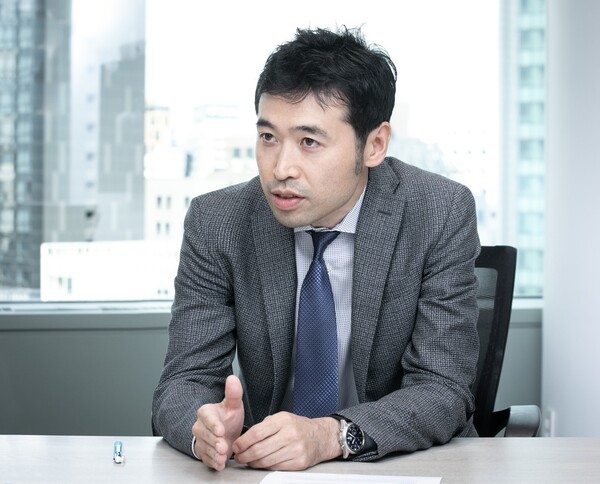
In Japan, Ohno described a parallel trend.
“Since 2020, after the government extended TAVI indications to low-risk patients, the annual volume of TAVI procedures exceeded that of SAVR,” he said. “Now, for patients over 80, TAVI is the first-line treatment, but for those in their late 70s, we increasingly consider it based on a combination of risk factors and patient preference.”
With this expansion into younger and lower-risk populations, the three professors stressed that clinicians are facing new challenges as younger patients, who may live for decades after their TAVI procedure, bring different concerns than senior patients.
“Young-aged patients obviously have a longer life expectancy,” Kang said. “In Korea, the average life expectancy is about 85 years, so performing TAVI on a 75-year-old patient means the valve must last for at least 10 more years.”
Therefore, issues like hemodynamics, pacemaker implantation rates, and coronary access problems are crucial for these patients, he added.
Attizzani also emphasized the need for long-term planning when treating younger patients.
“When we start treating patients who are younger and have lower risk, our responsibility in the decision-making process becomes much larger,” Attizzani said. “We have to deliver a procedure that not only gives good short-term results but also ensures long-term durability.”
Durability, access to coronaries, and managing potential valve failure in the future are major challenges we face, he added.
In Japan, Ohno highlighted anatomical challenges unique to Asian populations.
“Like Korea, Japan has patients with smaller aortic annulus, which makes TAVI more challenging,” Ohno said. “The limited space can restrict coronary flow, so we must be careful when selecting the procedure and device.”
Also, many younger patients in Japan still live vibrant lives, which means there is a need to ensure that their valves can withstand these activities.”
Evaluating TAVI platforms
When asked about how the three professors evaluate the currently available TAVI platforms, they all agreed that TAVI platforms have evolved significantly over the years, with a focus on improving hemodynamics and reducing complications like pacemaker implantation rates.
However, Kang noted that there’s no one device that’s better for all patients.
“While supra-annular valves have better hemodynamics compared to balloon-expandable valves, we need to take a patient-centered approach, selecting the valve that’s best suited to each individual’s anatomy and long-term needs,” he said.
Attizzani shared similar thoughts, emphasizing the need for ongoing research into valve performance.
“Durability is crucial for younger patients and supra-annular valves seem to offer better performance,” he said. “We’re conducting a study now comparing balloon-expandable and self-expandable valves using stress MRI to evaluate their performance during exercise.”
This is especially important for younger patients who are more active, he added.
In Japan, Ohno added that Medtronic’s Evolut platform has proven particularly effective for patients with smaller aortic annulus.
“In our practice, the supra-annular platform provides the best hemodynamics, especially in Japanese patients with smaller aortic annulus” he said. “We’ve seen lower rates of complications like valve thrombosis, which contributes to better durability.”
Addressing reimbursement and policy challenges in Korea
In the U.S., Attizzani explained that clinicians often treat patients younger than 65, depending on their individual risk profiles.
“Age is just one metric,” the U.S. professor said. “We often have younger patients who have higher surgical risk than some 80-year-olds and in such cases, we work closely with insurance companies to get approval.”
Ohno added that Japan’s reimbursement system has been more flexible since 2020.
“We’ve been fully reimbursed for low-risk patients since 2020, but we still consider age an important factor,” he said. “Patients over 80 are almost always treated with TAVI, while younger patients require a more detailed risk assessment by the heart team.”
After hearing about the reimbursement system in other countries, Kang stressed that he believes that Korea’s current reimbursement model, which limits TAVI to patients over 80 or those with higher risk, needs to change.
“The age threshold of 80 is too high,” Kang said. “In the U.S., the guideline is 65, and while that may not be immediately feasible in Korea, lowering the age would make TAVI more accessible to a broader range of patients.”
He elaborated on the broader challenge by explaining, “In Korea, the decision on whether a procedure like TAVI can be performed often comes down to whether it is covered by insurance.”
Unfortunately, the concepts of clinical indication and insurance coverage are often intertwined, he added.
Kang stressed that there are many procedures and treatments that are clinically indicated but not covered by insurance, and this creates significant barriers.
“Currently, if TAVI is not covered by insurance, it cannot be performed, unlike in some other countries where procedures might still be possible as out-of-pocket expenses,” he said.
Kang also noted that identifying truly high-risk patients is becoming more challenging, as changes in risk assessment tools like the Society of Thoracic Surgeons (STS) score have evolved over time.
“We are already treating many low-risk patients because patients over 80 years old make up a significant portion of that category,” he said. “Five years ago, these patients might have been considered intermediate-risk, but if we input the same data into the risk calculator now, many of them are categorized as low-risk.”
This means that it is increasingly difficult to find high-risk patients, the Korean professor said.
Kang also acknowledged that skepticism about TAVI’s long-term durability may be a reason for resistance to lowering the age limit, but he sees this as an opportunity to prove the procedure’s reliability.
“One of the key concerns for those opposed to expanding TAVI is the question of durability,” Kang said. “We don’t yet have as long a history with TAVI as we do with surgical valves and if we can show that TAVI valves can be just as durable as surgical valves it would be a compelling argument for lowering the age limit for TAVI in Korea.”
The future of TAVI
As technology continues to advance, the future of TAVI looks bright.
Kang is optimistic about the expansion of TAVI indications.
“We’ve overcome many hurdles in the past five to 10 years,” he said. “The clinical data is solid, and the devices are improving, which gives us more confidence to treat younger, lower-risk patients.”
Kang showed high expectations that the market to grow, with more patients receiving TAVI as the first-line treatment for severe aortic stenosis.”
Attizzani emphasized the importance of building a stronger evidence base for valve durability, particularly in younger patients.
“We need more data on the long-term durability of TAVI valves, especially for patients who will live 20 or 30 years after the procedure,” he said. “Additionally, we need to master TAVI-in-TAVI procedures for when the first valve fails.”
This will become increasingly important as more patients undergo TAVI, he added.
In Japan, Ohno predicted a rapid increase in TAVI volumes, driven by expanded indications for conditions like moderate aortic stenosis and asymptomatic severe aortic stenosis.
“We expect the number of TAVI procedures in Japan to double in the coming years, thanks to new technologies that can address anatomical challenges like smaller aortic annulus,” he said.
link





